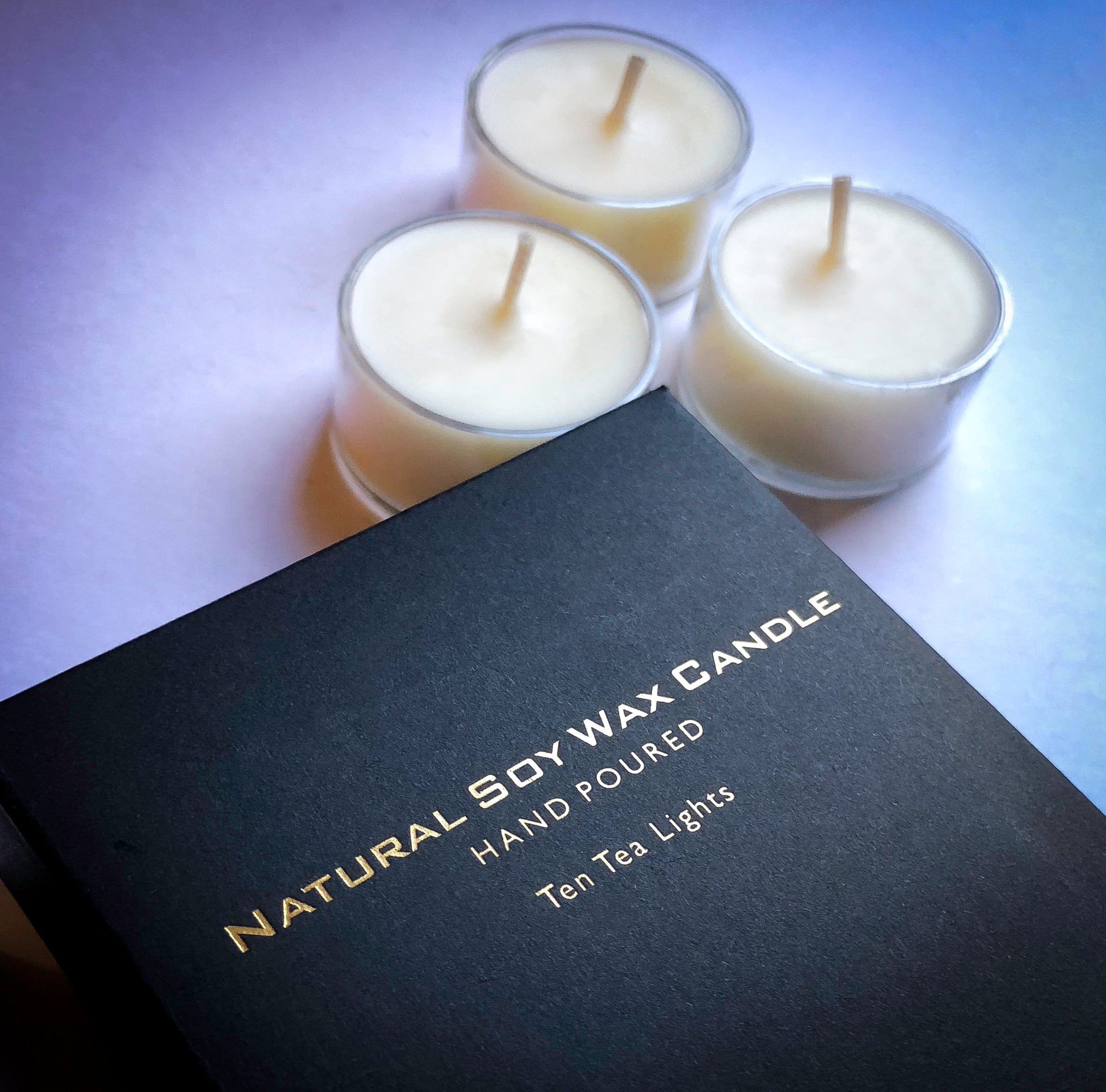Improve Your Living Area with Extravagant Soy Candles and Home Fragrance
Improve Your Living Area with Extravagant Soy Candles and Home Fragrance
Blog Article
From Wick to Wax: Recognizing the Chemistry Behind Soy Wax Candles and Their Ecological Effect
As we illuminate our areas with the cozy glow of candle lights, there lies a realm of detailed chemistry behind the relatively easy act of lighting a soy wax candle. The choice in between soy and paraffin wax extends past mere visual appeals, diving into the world of environmental effect and the extremely composition of the materials. Recognizing the molecular structure of soy wax and its burning procedure clarifies the exhausts launched right into our environments. Join us as we untangle the scientific details behind soy wax candle lights and discover their implications on our setting.
Soy Wax Vs. Paraffin Wax
When comparing soy wax and paraffin wax for candle production, it is necessary to comprehend the distinct attributes and advantages of each product. Soy wax is an all-natural, sustainable source stemmed from soybean oil, making it biodegradable and environment-friendly - soy wax candles. On the other hand, paraffin wax is a byproduct of petroleum refining, which increases worries regarding its environmental impact and sustainability
Soy wax candles melt cleaner and release less soot compared to paraffin wax candles, making them a much healthier option for interior air quality. In addition, soy wax has a reduced melting point, permitting for a longer-lasting candle light that spreads scent better. Paraffin wax, on the various other hand, has a tendency to shed faster and less easily, possibly releasing damaging chemicals into the air.
From a sustainability viewpoint, soy wax is preferred for its biodegradability and eco-friendly sourcing, lining up with the growing customer choice for ecologically mindful products. While paraffin wax has actually been a traditional selection in candle light making due to its cost and ease of usage, the shift towards environment-friendly alternatives like soy wax is acquiring energy in the market.
Chemical Composition of Soy Wax

Burning Process in Soy Candles
The chemical structure of soy wax straight affects the burning process in soy candles, affecting factors such as burn time, aroma launch, and environmental effect. When a soy candle light is lit, the have a peek at this site warm from the flame thaws the wax near the wick. This liquid wax is then prepared the wick due to capillary activity. As the liquid wax reaches the flame, it evaporates and goes through burning. The combustion process involves the vaporized hydrocarbons in the wax responding with oxygen airborne to produce warmth, light, water vapor, and co2.
The combustion efficiency of soy candle lights is influenced by the pureness of the soy wax and the top quality of the wick. A clean-burning soy candle light with an appropriately sized wick will certainly decrease and create a stable fire soot development. This not only extends the shed time of the candle light however also boosts the launch of fragrances. Additionally, soy wax description candle lights have a lower environmental influence compared to paraffin candles as a result of their eco-friendly and biodegradable nature.

Environmental Advantages of Soy Wax

Considered a sustainable alternative to traditional paraffin wax, soy wax provides remarkable environmental advantages that make it a popular option among eco-conscious consumers. Soy wax burns cleaner and generates less residue than paraffin wax, adding to much better indoor air top quality and decreasing the demand for cleaning and maintenance. On the whole, the ecological benefits of soy wax straighten with the growing demand for lasting and environmentally friendly products in the market.
Recycling and Disposal Considerations
Reusing and correct disposal of soy wax candle lights play a crucial function in keeping ecological sustainability and lowering waste in houses and areas. When it comes to reusing soy wax candle lights, the initial action is to make sure that the candle has burned completely.

In regards to disposal, if recycling is not an alternative, soy wax candle lights are naturally degradable and can be safely dealt with in many family waste systems. Nevertheless, it is always advised to contact regional reusing facilities or waste management services for details standards on candle light disposal to ensure correct handling and ecological protection.
Verdict
In final thought, the chemistry behind soy wax candle lights discloses their ecological benefits over paraffin wax candle lights. Soy wax, websites originated from soybean oil, burns cleaner and generates less soot when contrasted to paraffin wax. The combustion procedure in soy candles is extra reliable, causing a longer and more also shed. Additionally, soy wax is eco-friendly and sustainable, making it a more lasting choice for candle light manufacturing. Recycling and proper disposal of soy wax candle lights further add to their ecological impact.
When contrasting soy wax and paraffin wax for candle light making, it is essential to comprehend the distinct attributes and advantages of each product (crystal soy candles).Soy wax candles shed cleaner and produce less soot contrasted to paraffin wax candle lights, making them a healthier option for indoor air top quality.Taken into consideration a sustainable alternative to standard paraffin wax, soy wax supplies notable environmental benefits that make it a preferred choice among eco-conscious consumers. Soy wax burns cleaner and produces less soot than paraffin wax, contributing to much better interior air high quality and minimizing the requirement for cleansing and upkeep.In conclusion, the chemistry behind soy wax candles discloses their ecological advantages over paraffin wax candles
Report this page